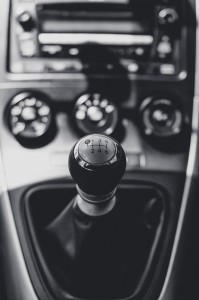What You Should Know Before Test Day
Ever wondered how a driving test is assessed? Here is some valuable information on what you should know before your test day.
The test lasts approximately 30 minutes and assesses a driver’s ability to operate a vehicle safely and correctly in a variety of driving situations. There are a number of “performance checks” the examiner will assess you on which fall under the headings of Pre Drive Checks, Vehicle Operation, Hazard Recognition/Decisions and Speed.
Errors
Each time a driving error is made, it will either be categorised as a Non-Critical Driving Error (NCDE) or a Critical Driving Error (CDE).
Non-Critical Driving Errors
An NCDE is an error that does not by itself compromise safety to road users or the safe operation of the vehicle. Common examples of these are:
- Failing to indicate correctly in various situations
- Insufficient or no shoulder checks when required
- Incorrect road position
- Stalling the vehicle without causing a dangerous situation
Nine or more NCDEs will result in an unsuccessful test. (Some NCDEs can culminate into a Specific Repeated Driving Error (SRDE), but this only happens on rare occasions).
Critical Driving Errors
A CDE is a driving error that compromises the safety of any road user or indicates an inappropriate level of skill or ability. Common examples of these are:
- Speeding
- Failing to Give Way to another vehicle
- Failing to completely stop at a Stop Sign
- Mounting a kerb (this is considered to be a collision and is known as a General Critical Driving Error
- Disobeying a directional arrow (going straight ahead over an arrow directing a right turn)
One Critical Driving Error will result in an unsuccessful test.
Training Safe Drivers
When applying correct systems to their driving, as taught by our trainers, our experience is that very few clients are unsuccessful due to a culmination of too many Non Critical Errors. A single Critical Error is more commonly what brings an applicant undone on test day. The goal in lessons leading up to the test day then is to aim for Zero Critical Errors in their lessons. It is a good goal for a newly licenced P Plate driver to strive for also as it will help them to remain safe beyond their driving test.
If you’d like to know more about this blog or any aspect of our training, contact us for further information.
